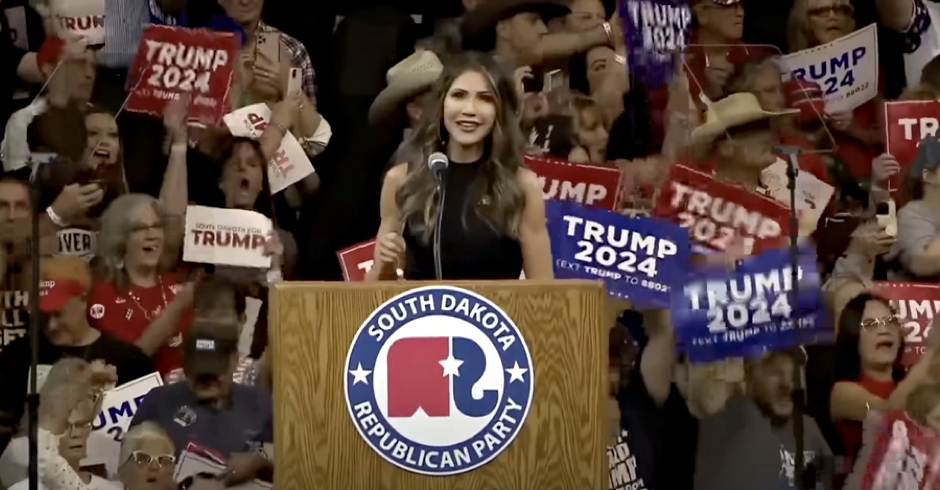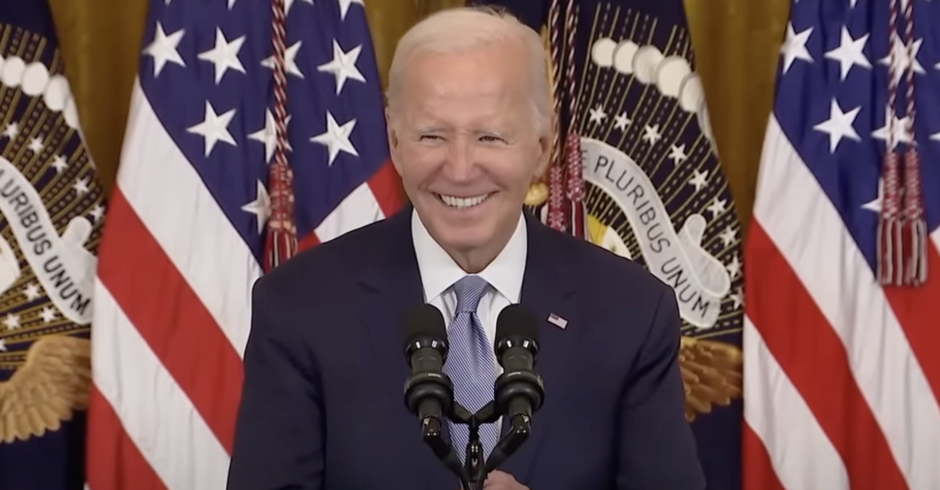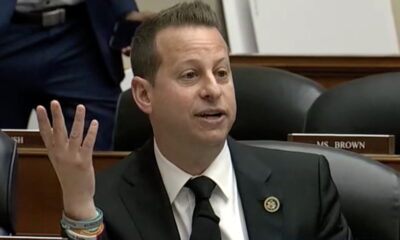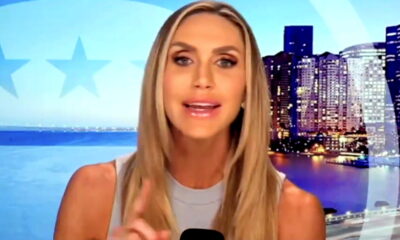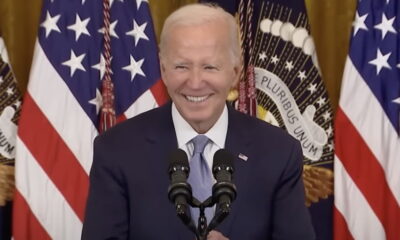Green Lantern Is Gay To Stop Kids From Being Bullied (Plus Preview Images!)
Green Lantern is gay, and a new preview — including some hand-holding and  lip-locking — appears in the D.C. Comics preview, which you can read right here. But the motivation for making Green Lantern gay was to stop kids from bullying and being bullied.
Last week (twice, actually) we wrote, based on reports from Bleeding Cool’s Rich Johnston, that Alan Scott, the first of several D.C. Comics comic book characters all known as the superhero Green Lantern, will be revealed as gay in an upcoming issue.
The New York Post reports that in the new reboot, Green Lantern is “the strongest, most important super-powered character” in the world. The Post adds:
“He’s very much the character he was. He’s still the pinnacle of bravery and idealism. He’s also gay,” “Earth 2” writer James Robinson told The Post.
Robinson, a British writer who lives in San Francisco with his wife, is no stranger to gay characters – he wrote DC’s “Starman” comic in the 1990s, a groundbreaking title that starred a homosexual superhero. He said the only agenda he’s pushing is reality.
“It’s a realistic depiction of society,” he said. “You have to move with the times.”
He said he did hope the character – who’s the most powerful member of DC’s superteam, the Justice Society – would be an inspiration.
“He’s a type-A personality who doesn’t hide in the shadows,” Robinson said.
“I hope he’s a positive figure. If there’s some kind of kid out there who’s reading the comic and who’s worried about the person he is, maybe it will give him a positive sense of who he is. Or maybe a different kid will read it and decide I don’t need to bully some kind of kid in school,” Robinson said.
While a gay wedding in Archie Comics earlier this year and impending same-sex nuptials in a Marvel X-Men comic have recieved a small amount of backlash from angry parents, Robinson said he’s not worried about that because “that kind of negativity is stupid and outmoded.”
“We should be preaching love and tolerance,” he said.
Rolling Stone offers more insight:
When DC Comics relaunched its fictional world from scratch last fall, some aspects of the DC mythos temporarily fell by the wayside, such as the notion of parallel worlds featuring different versions of the company’s iconic heroes. Earth Two, a new series by writer James Robinson and artist Nicola Scott, reintroduces the concept by putting a new spin on the original versions of characters like the Green Lantern, the Flash and Superman that diverges notably from the past several decades of DC lore. In the second issue of the comic, in stores June 6th, Robinson and Scott prove just how different this world is by revealing that their version of Alan Scott, the first Green Lantern introduced back in 1940, is an openly gay man.
Up until recently, a middle aged version of Alan Scott was one of the stars of Justice Society of America, a comic series featuring the 1940s versions of DC’s heroes set in the present day. The new versions of these characters in Earth Two have all been aged down considerably, to the point that Scott’s gay superhero son Obsidian had to be sacrificed. Robinson says he was inspired to write Scott himself as a gay character to make up for that loss. “The logical leap that I made was, oh, why don’t we make Alan Scott gay?,” he says. “To DC’s credit, there wasn’t any hesitation. [Co-publisher] Dan DiDio was like ‘Oh, that’s a great idea, let’s do it!'”
Robinson’s version of Green Lantern differs from his counterpart in the regular DC Universe in ways other than his sexual orientation. “He has a ring which he uses to help manifest his powers, but he doesn’t have a lantern,” he says, noting that the mainstream Green Lanterns are members of a corp of space police who draw their energy directly from their own willpower. “He is the receptacle, the conduit for the energy of the Earth, which is this green energy.” Unlike previous versions of Scott dating back to the Forties, wood will not be a weakness for the new Green Lantern. “He is the earthly powerhouse, and when you see him in terms of his power level, he’s up there close to Superman.”
Though Marvel Comics’ gay hero Northstar is set to face some intolerance from his peers following his marriage to his long term boyfriend in the pages of Astonishing X-Men, Robinson and Scott are planning on portraying an idealized world in which Alan Scott is judged only by the quality of his character. “He doesn’t come out in issue two; he is already a gay man,” Robinson says. “Alan Scott is super-heroic, he’s super gallant, he’ll die for the earth, he’ll die for its people, he’s everything you want in a hero. I imagine he’s such a Type A character that when he realized he was gay, he was like, ‘Okay, I’m gay, now I’m just gonna go on with my life.’ He’s so accepting of it himself and he’s such a compelling person that the world knows Alan Scott’s gay. He’s such a leader, he’s such a good man, that the Justice League don’t care. And that’s a healthy depiction of a team and how it should be.”
http://www.scribd.com/embeds/95485749/content?start_page=1&view_mode=list
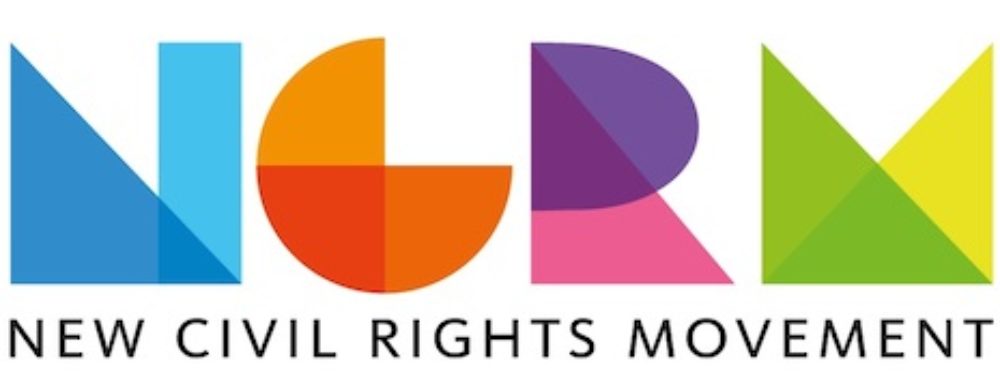
Enjoy this piece?
… then let us make a small request. The New Civil Rights Movement depends on readers like you to meet our ongoing expenses and continue producing quality progressive journalism. Three Silicon Valley giants consume 70 percent of all online advertising dollars, so we need your help to continue doing what we do.
NCRM is independent. You won’t find mainstream media bias here. From unflinching coverage of religious extremism, to spotlighting efforts to roll back our rights, NCRM continues to speak truth to power. America needs independent voices like NCRM to be sure no one is forgotten.
Every reader contribution, whatever the amount, makes a tremendous difference. Help ensure NCRM remains independent long into the future. Support progressive journalism with a one-time contribution to NCRM, or click here to become a subscriber. Thank you. Click here to donate by check.
 |

